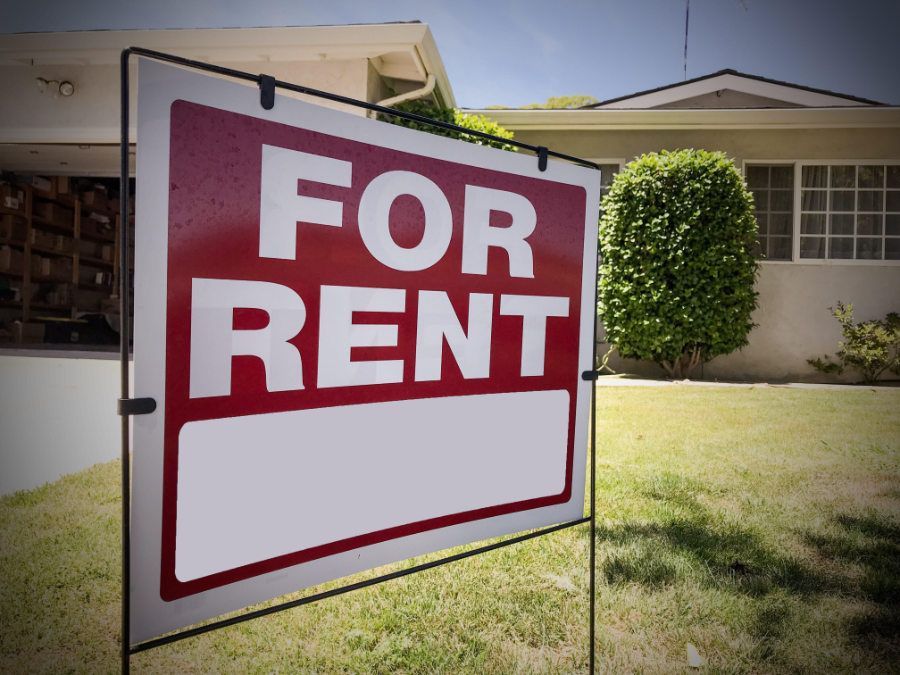5 Reasons To Reassess Your Rental Prices

Understanding when to reassess your rental prices can be the difference between breaking even and long term profitability. While you should regularly reassess your rental prices every year, there may be some times when reassessing should be done more frequently.
In this article, we’re going to go over five different reasons to reassess your rental prices in order to stay competitive and maximize your bottom line.
Changing Market Conditions
The rental market is constantly changing, and it can be influenced by a number of different factors including local demand, and seasonal trends. For this reason it's important to assess rental prices regularly as this ensures your rental property remains in line with the current market conditions. Being proactive helps to prevent rents from being too high or too low, depending on the neighborhood your rental is located in. This can ultimately maximize occupancy rates and maintain a strong market position.
Although it may seem counterintuitive to lower rent prices occasionally, staying competitive protects your investment and can
improve rental income in the long run. This helps to ensure that your property remains attractive to prospective tenants.
Property Upgrades
Rental properties are regularly receiving maintenance and property upgrades. Though not all upgrades are created equal. If you've recently completed significant upgrades or renovations that increase your rental property’s value, reassessing your rental prices may be a good idea.
For example, modernized kitchens and bathrooms, smart home technology, or energy-efficient windows are great selling points for a rental property. Reassessing rental prices following these improvements helps to ensure that the improved value is reflected in your asking price. This approach not only helps recoup investment costs, it can attract higher quality tenants, and may potentially boost overall profitability.
Rising Operating Costs
Operating costs are constantly rising, increases in property taxes, insurance premiums, or maintenance expenses, can greatly impact your bottom line. Reassessing your rental prices and adjusting them to reflect these higher costs helps ensure that rental income adequately covers these expenses. While raising rent is a standard practice, it can affect turnover rates if done without care. This way you can maintain profitability, while preventing financial strain. It also supports the longevity of your investment. Keeping rental prices aligned with operational costs, can help you protect your investment's value while maintaining financial stability.
Turnover and Vacancy Rates
High tenant turnover rates or prolonged vacancies may be a sign that your rental prices don't align with the market expectations. Having your rental prices regularly reassessed can help find the perfect balance to attract tenants while maximizing income. Addressing potential pricing issues, can significantly reduce vacancy periods, and improve tenant retention. Reassessing your rental prices at least once a year helps to ensure your rental is competitive in the market. This can improve the overall performance of your property while maintaining low turnover and vacancy rates.
Neighborhood Development
Much like the market changes, the neighborhood of your rental can change as well. The development of new businesses such as grocery stores, or new infrastructure such as a neighborhood park can increase the desirability of your property. Reassessing rental prices after these changes can help you to capitalize on added attractiveness of the area.
Monitoring the rental prices of properties in your area that are similar to your rental is essential for staying competitive too. A full service
property management company will oftentimes analyze the local competition to ensure your rental prices are attractive to prospective tenants. If you’re looking to reassess your rental prices or need help managing your Beach City rental property, we invite you to call us today at (562) 888-0247 or complete our
Owner Application online.





